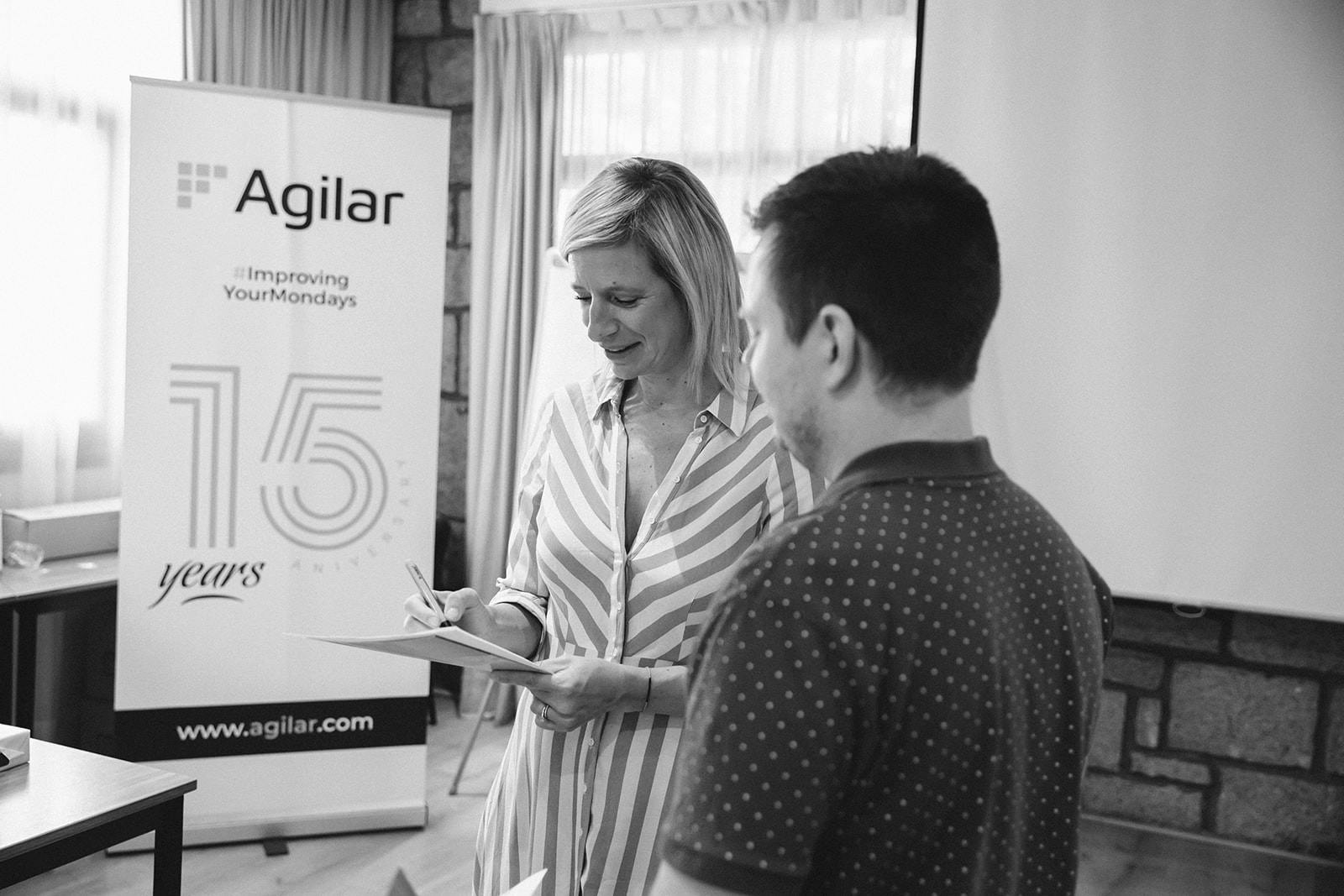We don’t define products, we discover them

Agilar Team
24 Jul, 2025
business agility
business agility

It’s easy to say “We should have built it this way from the beginning.”
That’s the seductive voice of hindsight. It speaks with clarity, but it wasn’t there when you had to make a choice.
Anyone who’s built something meaningful, whether a product, a capability, or a transformation, knows that clarity rarely arrives at the start. It’s earned—through feedback, wrong turns, learning loops, and—more often than we’d like—frustration.
Building agile capabilities through real experience
We once partnered with a client to help them grow their internal Agile capabilities. The task was clear: equip their Agile champions to lead the transformation without relying on external support.
We designed what we thought they needed: a structured learning program. It was thoughtful, custom-built, and rich in real-world application.
But the most valuable insight didn’t come from the planned curriculum. It came during a retrospective in Sprint 9, when someone said:
“Maybe our issue isn’t stakeholder alignment. Maybe it’s that we don’t have a shared Product Goal.”
That moment shifted everything.
From misalignment to discovery
The real gap wasn’t just about skills. It was about misalignment, visibility, and shared understanding. We mapped the insight, built visual coaching tools, and helped the client course-correct.
That one realization became the seed of something bigger—Beanstalk, our platform for capability growth.
Pivoting from wrong to right
Here’s the thing: we didn’t set out to build Beanstalk. In fact, we had tried something else entirely—a traditional e-learning path. Structured. Logical. Scalable. And totally wrong for the need.
So we pivoted. But that pivot wasn’t a failure. It was a path. The wrong version helped us see what the right one could be.
The myth of fully formed ideas
There’s a popular myth in product development that the best ideas come fully formed, from visionaries with perfect foresight.
In reality? Most good products are born from proximity to real problems. From noticing patterns. From staying close to users. From listening. And yes—from building something that doesn’t quite work.
We’ve learned that the key is not to avoid mistakes—but to be open to changing direction when the mistakes start speaking. To treat pivots not as proof of failure, but as part of the discovery process.
Applying “Inspect and Adapt” beyond teams
As Agile practitioners, we often tell teams: “Inspect and adapt.” But we sometimes forget that this applies to the things we build too—not just how we build them.
We’ve seen teams move with perfect agility toward the wrong goal. We’ve seen beautifully facilitated ceremonies masking deep misalignments. And we’ve seen the moment when a product, process, or plan looks promising on paper—until someone asks, “Is this solving the real problem?”
Inspecting means zooming out when needed. Adapting means letting go of sunk costs when they’ve stopped serving us.
And that’s where real agility lives—not in speed or efficiency, but in the courage to change our minds when reality disagrees with our assumptions.
Final reflection: What is this version teaching us?
So if you’re mid-project, mid-product, or mid-pilot… and it’s not quite landing—pause. Not to judge it. But to ask: What is this version trying to teach us?
Because the version you’re in today might be what makes the next one possible.